Rouleurs: in many races, you might not even think about them. But did you know that these under-the-radar riders make up the backbone of the peloton?
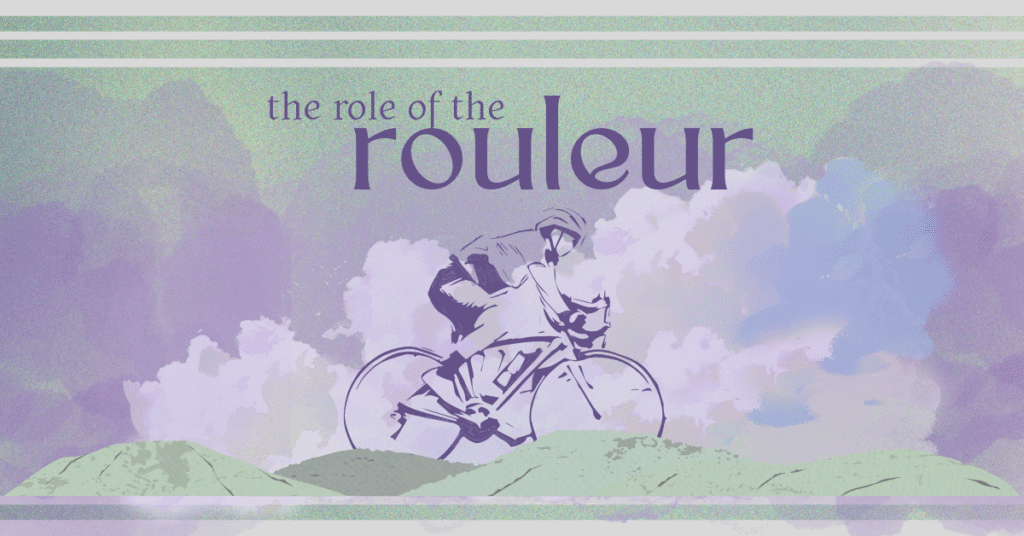
Let’s take a look at what rouleurs are, what they do in typical races, and why they’re so important for their teams’ tactics and road presence.
What is a rouleur?
At first glance, rouleurs may seem like all-rounders, but that’s not quite the case!
The term “rouleur” (which is French for “roller”) describes a specialized type of cyclist whose performance focuses on sustained power output over long distances. They tend to be particularly strong on relatively flat or rolling terrain. These characteristics distinguish the rouleur from other highly specialized riders such as pure climbers, who prioritize power-to-weight ratio and steep gradients, or sprinters, who focus on peak acceleration on the absolute flat.
For rouleurs, it’s all about the consistency.
A rouleur is characterized primarily by their capacity to maintain a high and consistent tempo for several hours. We can refer to them as the “diesel engines” of the peloton. No doubt they exhibit massive endurance and absolute power in each race. However, their contributions can go unnoticed, as they are often most strategically important for their teams during the long stretches of racing where not much is happening. Possibly, rouleurs are most noticeable in flat time trials, where they put their endurance to work for themselves instead of pulling in the peloton.
Physically, rouleurs are typically larger, taller, and more muscular than climbers. Sometimes you can even see them sticking out of a team lineup like a sore thumb! This is often part of their ability to put out high watts on the bike, but actually results in a lower power-to-weight ratio. But this is especially why they tend to be most efficient in non-climbing scenarios where aerodynamic drag is the primary resistance factor, not elevation change. They are often just too big to climb.
Embed from Getty ImagesIt’s important to note that rouleurs lack the explosive acceleration of a puncheur, as well as top-end sprint speed like a pure sprinter. Consistency is the name of the game for the rouleur! They “roll” through long stages and time trials without as much fatigue as other riders.
Read more: Debunking some of the most common myths and mix-ups surrounding professional cycling.
Which terrains suit rouleurs best?
As touched on previously, rouleurs tend to thrive on terrains that promote consistency and raw power output rather than rapid changes in pace (sprints) or a high power-to-weight performance (climbs.)
So what does the the optimal terrain for a rouleur look like? Flat and rolling roads are their primary domain. On these types of sectors, they can easily neutralize wind resistance for their teammates and drive the pace of the peloton or a breakaway. But individual and team time trials are also typically favorable for rouleurs, and a perfect place for them to look for a win. Their ability to sustain a high steady effort alone comes in clutch when riding against the clock. Because of this, many rouleurs are also considered time-trial specialists or have a strong background in this discipline.
Embed from Getty ImagesWhat about the cobbled classics, like Paris-Roubaix or the Tour of Flanders? The rouleur’s strength can also be essential for success in these environments. Races like these require high power output to maintain speed over the challenging surface changes; they also don’t include much climbing. Because of this, we expect to see many rouleurs as classics specialists, even if they don’t lead their team for these efforts (more on that later.)
Classics are great, but rouleurs also have a chance in intermediate Grand Tour stages, too. Stages with a bit too much elevation for the pure sprinters can be a good chance for rouleurs to make their mark in a breakaway. Stages with moderate, non-mountainous climbs, more like rolling (duh!) hills, are a good place for rouleurs to think about nabbing a stage win. However, rouleurs struggle most in high-mountain stages with steep, sustained climbs; rouleurs will typically ride in the grupetto on these stages.
Understanding the tactical role of the rouleur within a team.
Rouleurs are essential team assets. Like domestiques, they primarily operate in support roles, though they also seek out individual opportunities.
The primary thing that a rouleur can accomplish for their team is setting the pace. What happens when a rouleur moves to the front of a peloton and maintains a relentless, high tempo for long periods? It controls the race speed, deterring attacks and tiring out rival teams. This is often the most physically demanding task for any team tactic, but also one of the most important. The more of a rival team’s domestiques that a rouleur can drop from the peloton before a decisive climb, the easier it is for the their team’s leader or stage hunter to attack.
Embed from Getty ImagesSimilarly, rouleurs also have to control gaps. When the peloton is pushing the pace to catch up to an escaping breakaway towards the end of the stage, each team’s strongest rouleurs move towards the front of the group. They may also help if another member of the team has a mechanical or crash. When this happens, they fall back and close the gap between that teammate and the peloton, allowing them to rejoin safely.
In a more defensive capacity, rouleurs can act as wind breakers for a team’s key riders, such as the GC leader or sprinter. This saves the leader significant energy throughout a long race. Because rouleurs are bigger and broader than most climbers, they tend to excel at blocking the wind from smaller teammates. They can also assume a protective role if the peloton encounters crosswinds. Finally, rouleurs tend to fall back and protect GC leaders during a flat approach to a sprint. They don’t want their leader to be caught up in the “washing machine” or any crashes towards the finish.
Read more: Learn about why stage racing success is so important to cycling teams.
Road captains, stage hunters, and breakaway specialists can all benefit from specialization as a rouleur.
The rouleur is a profile based on physical capability. While there are some tasks we almost always see a rouleur take on in the peloton, acting as a road captain or stage hunter often intersect with the rouleur archetype.
The road captain is the tactical heart of the team. They are responsible for executing the director sportif’s strategy during the race. This often manifests by communicating race information to teammates and making real-time tactical decisions. Because rouleurs are so durable, they make ideal road captains. They are often present at the front of the race when decisions need to be made. Also, they often control the rhythm of the race directly. Many rouleurs have years of professional experience under their belt, so they are very knowledgeable about tactics and making decisions under pressure.
Embed from Getty ImagesHowever, a rouleur is not automatically a road captain! Some rouleurs come in just to push watts, while some road captains may be more like experienced climbers or puncheurs.
Other rouleurs may prefer the role of stage hunter, a rider who targets individual stage victories during a longer race like a Grand Tour. This is often accomplished by joining or forming a breakaway on intermediate or hilly stages, a terrain that suits rouleurs very well. Long, successful breakaways almost always require sustained, high-wattage output that only a rouleur can deliver over 100+ kilometers. In a breakaway, the rouleur can rely on their own “engine” for these long efforts. This is unlike a pure sprinter who relies on a lead-out train, or a climber who needs high mountain domestiques.
Read more: What makes a good domestique? Check out our ode to the most underrated heroes of the pro peloton.
Many modern stage hunters on non-climbing days are rouleur-type riders. However, stage hunters who focus more on stages with lots of climbing many fit more closely to a climber archetype. For example, riders who target the king of the mountains jersey during the early stages of a Grand Tour may have more climber qualities than your average rouleur!
Who are some well-known rouleurs in the modern peloton?
The modern peloton features several prominent riders who fit into the rouleur archetype. Through their careers, we see how rouleurs can also succeed in time trial specialization or the cobbled classics.
Embed from Getty ImagesSo who are some of the famous rouleurs we can see riding today?
- Filippo Ganna is a world-class time trialist and track specialist. In road races and time trials alike, he can set a blistering pace. His riding style demonstrates how much a rider with his build and specialization can sustain such raw power output.
- Wout van Aert is often classified as a super-domestique or all-rounder. He can perform across classics, sprints, and medium mountains! His big engine allows him to dominate as a classics leader, but he still provides domestique support in Grand Tours. Also, he wins plenty of stages of his own along the way!
- Kasper Asgreen is a highly successful Classics rider known for some powerful solo efforts and high-tempo riding over the years. His victory in the Tour of Flanders was won by a long, sustained attack to the finish. This is a good illustration of how rouleurs succeed.
- Matej Mohorič, one of the most versatile stage hunters, has transitioned to a road captain role in recent years. His success is built on rouleur characteristics, but also on tactics, technical abilities, and his incredible descents. He uses all of these to win from breakaways.
- Stefan Küng, like Ganna, is a strong time trialist. However, he holds his own in the classics, too. We often see him setting the pace for his team on the run-in to important sections of races.
- Tim Declercq is a pure domestique nicknamed “El Tractor” for his ability to control the pace at the front of the peloton. He is the perfect example of how a true rouleur is so important for his teammates’ success. (He actually retired this year so we won’t see him anymore, happy retirement Tim!)
Learning more about rouleurs.
Are you interested in learning more about what rouleurs do in the peloton, and how riders specialize as this archetype? This video from GCN discusses the definition of a rouleur in much more detail. Check out their visual summary of the physical characteristics that make riders strongest in this discipline!
Would you want to be a rouleur if you were a professional cyclist? Why or why not? Let us know in the comments or on social media! ★

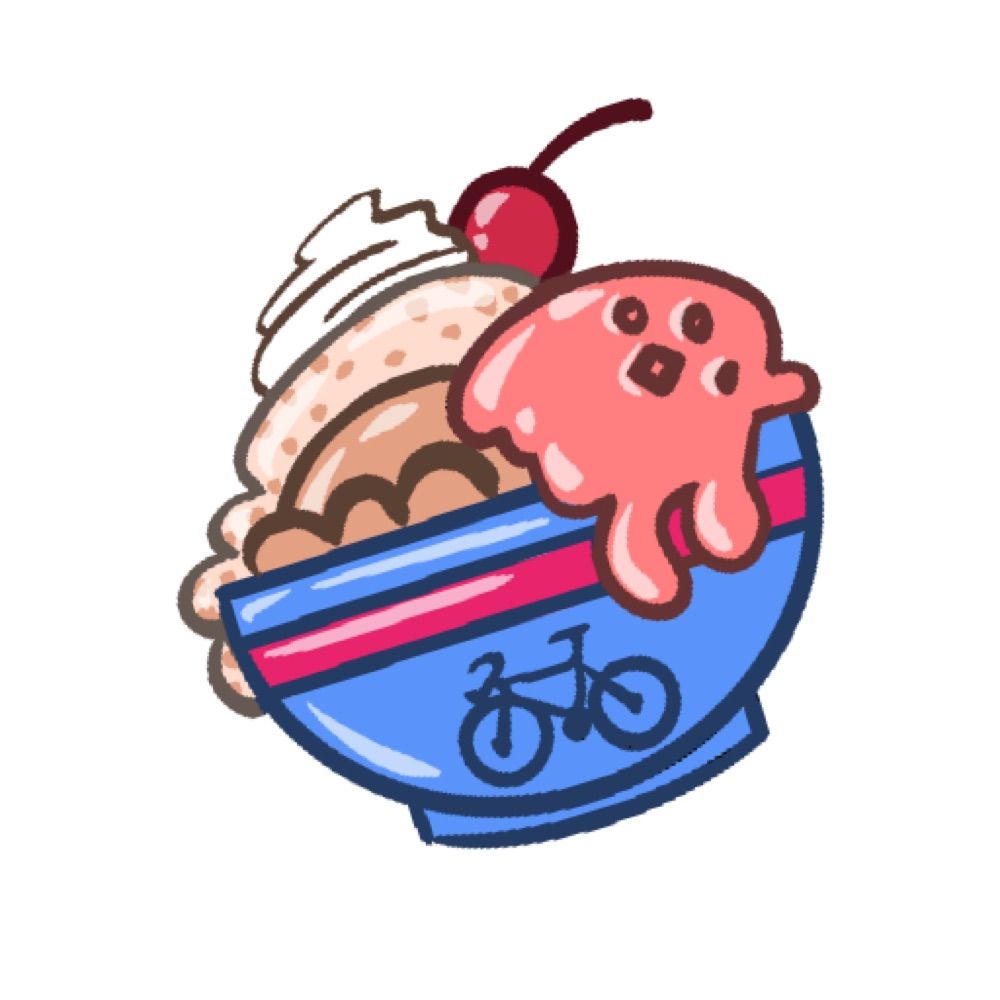
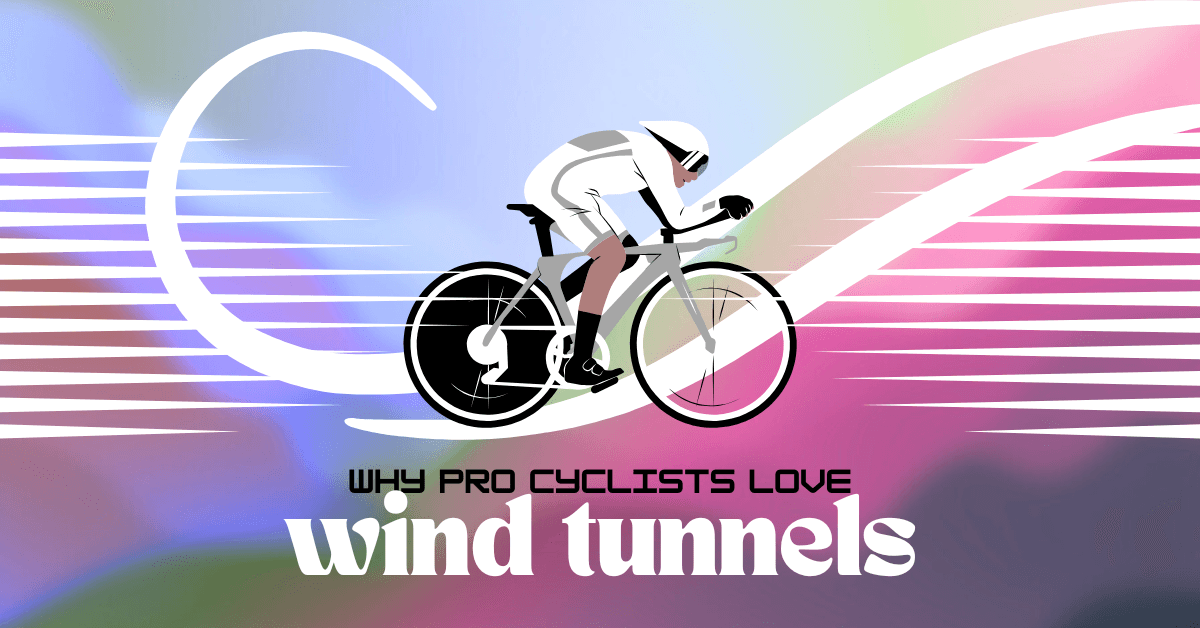
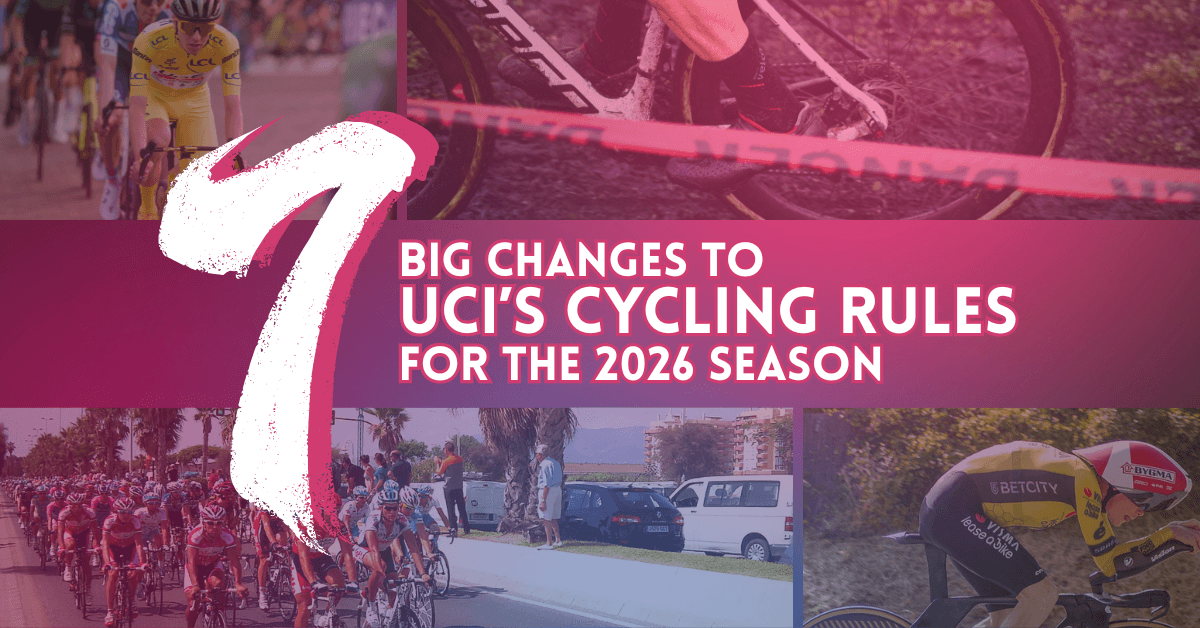
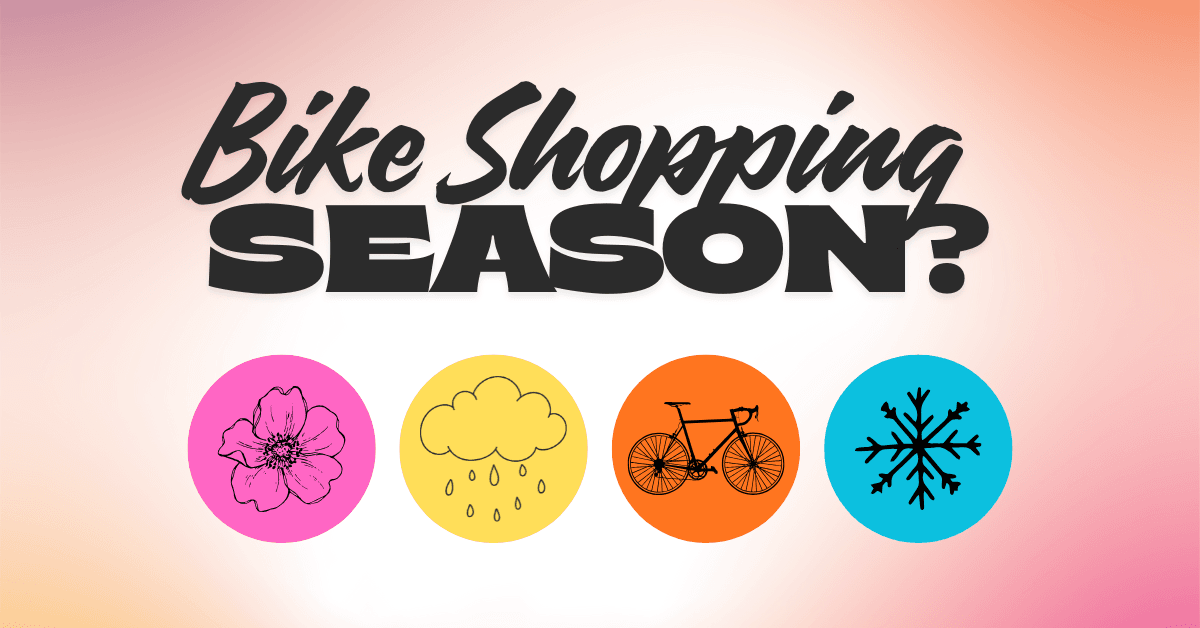

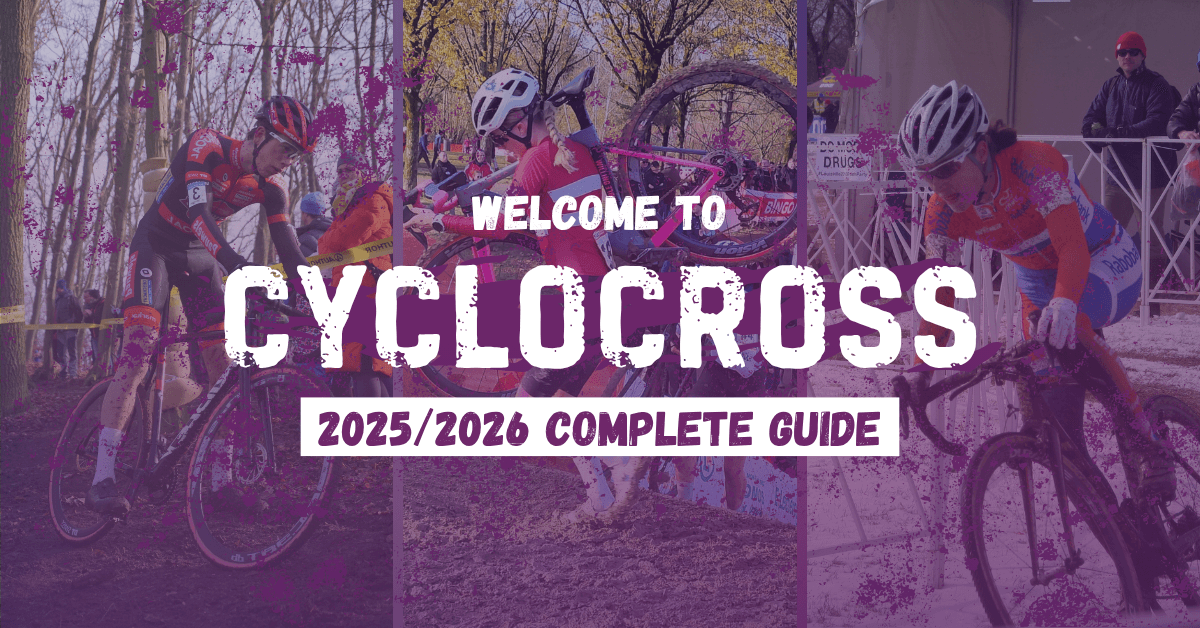
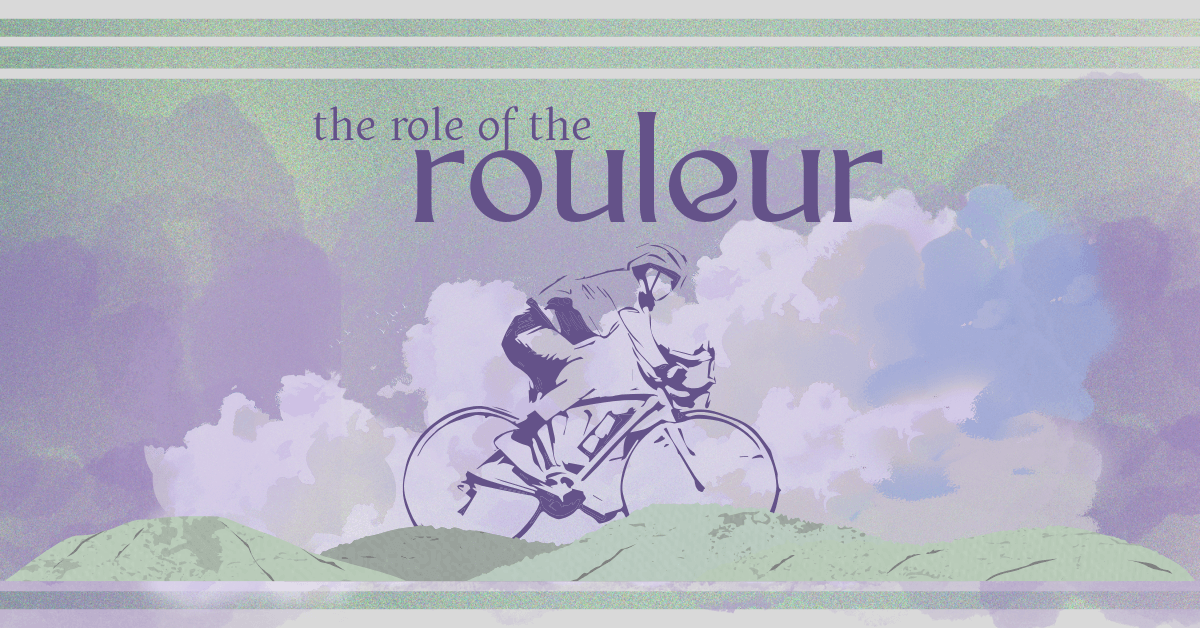


Leave a Reply